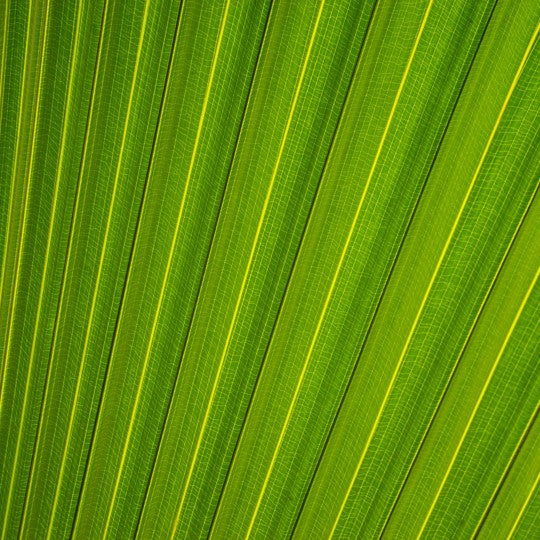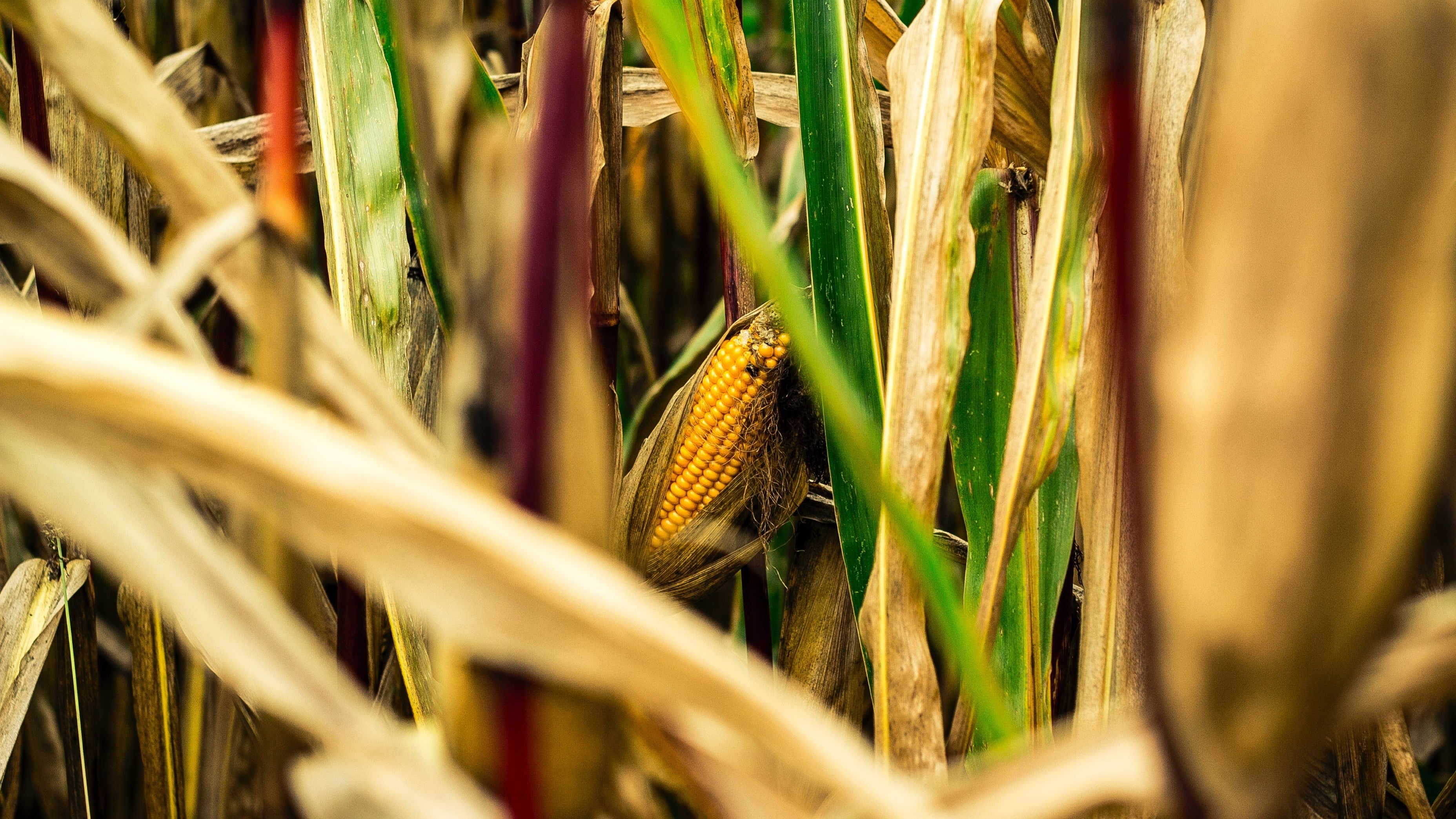
The Power of Plant Fiber
BY SARAH ANDERSON
Leather has been praised for its durability and style over the centuries, but before there was leather, silicon, and cellophane, our ancestors utilized plants as robust tools and clothing. And they sure knew what they were doing!
Plant Fibers In Early Civilizations
While many people think of plant textiles as being flimsy, like cheap cotton that will pill and deteriorate with use, plant fiber has been used as a highly durable material for centuries! In fact, it is speculated that rope-making from plant fiber predates even stone working. In ancient Egypt, the papyrus plant had a hand in the creation of the iconic pyramids. The fiber was woven into sturdy ropes that lifted heavy limestone blocks that make up the pyramids that stand today. Even thin strings made from the stems of the papyrus plant have been discovered in cordage from the Giza Plateau, and the tips of the building phases of Khufu’s pyramid.1

Egyptians weren’t the only ones who recognized the utility of plant material. The Indus Valley Civilization, which spanned through modern day Afghanistan all the way to India, was considered the first civilization to utilize jute fiber in the 3rd millennium BC. Since then, jute has been known for its durability and utility. It was even heavily used in WWI by the United States as a sturdy sacking material that could withstand the wear of excessive friction and extreme conditions.2
Another example of robustness and versatility is bamboo. First thought to be utilized in ancient China, the bamboo tree is a highly versatile plant found in many ancient artifacts from the Neolithic period, which was around 8,000 BC. Rich in cellulose fibers and lignin, bamboo is highly durable, pliable, and even water resistant! Since a large variety of bamboo is native to China, the ancient Chinese utilized bamboo for a vast array of items. Most notably, the ancient Chinese would weave freshly cut bamboo into large bowls and buckets, which were used as a durable and reliable container to haul food or other heavy materials. Additionally, bamboo was used to make hundreds of daily items in ancient China and other East Asian countries, including weapons, raincoats, rafts, beds, chairs, arrowheads, and sawblades.3
A Little Science Behind Plant Fiber
Alright let’s get into a little science lesson. Plant material is durable due to its concentration of two main components: cellulose and lignin.
Cellulose is present in all plant life on Earth, and it is a structural protein that mainly lives in the cell walls of plants and algae. While all plants are biodegradable, if a plant has more cellulose content, it will not deteriorate as readily. For example, bamboo fibers are made up of almost 50% cellulose, which is why the plant exhibits so much durability. In fact, a study found that bamboo can withstand almost 9000 pounds per square inch (psi), or 60 megapascals (MPa) before cracking. Comparatively, Portland cement has a psi of only 3000, or an MPa of 14.4

Modern residential building constructed using bamboo designed by IBUKU
Lignin is another important aspect of plant durability. It is a unique hydrocarbon that also exists in the cell walls of plants, and it aids in the rigidity of plant material. Interestingly, lignin gets its name from the Latin word lignum, meaning “wood”. Like plants containing high levels of cellulose, plants that are abundant in lignin take longer to break down. Lignin content is an important player in tensile strength, which is the amount of force needed to pull something apart. A material that doesn’t break apart as easily when stretched will have a higher MPa for tensile strength. Jute, for example, has a tensile strength of up to 700 MPa, proving the material to be resilient when strained.5 In comparison, the US standard structural steel has an average tensile strength of up to 550 MPa.6 And yes, that’s the steel used for buildings and bridges.
The Rise Of Synthetic Fibers
Largely driven by the pursuit for efficiency and profitability during industrial revolutions, synthetic fibers and materials became widely popular for their low cost and permanence. The first totally synthetic fiber to be fashioned into consumer products was nylon, by DuPont in 1939 7. It was a much cheaper and easy to produce alternative to silk and cotton, and became wildly popular for use as stockings and was even used as ropes and parachutes in the US military.

Since the 1930s, thousands upon thousands of synthetic materials have been created, helping companies expand the boundary of materials, create ideal materials for a given task, and cut costs. However, while improvements in materials science are most often welcome, the detrimental impact that many of these products have on our planet were gradually shown. Because many of these new materials are not biodegradable, and some involve extremely toxic chemicals, the demand for more eco-friendly materials increases every day.
The Plant Fiber Renaissance
The result of legislations introduced over the years and the growing concern for the wellbeing of our planet is the return of plant fiber. Many companies have turned to the wisdom of our ancestors, and have begun producing products with plant or recycled materials. Breakthroughs have been made every day, some mold plastics into threads which are then turned into fabrics, some turn fruits and vegetable skins into durable and flexible leather, and some adds plant fiber into cars and even airplanes to improve performance.8 Boeing, for example, set out to improve the environmental performance of airplane interiors through novel use of flax in 2014. Plant fibers, with its intrinsic strength and eco-friendly qualities, are making a grand comeback! Who knows, maybe we can one day replace plastic completely with plant fiber!

Ford's Model U concept car utilizes bio-based materials from soy-based seating foam and body panels to the corn-based carpet mats, canvas roof and tires
Are you convinced by the power of plant fiber? Check out our collection of high quality accessories that are made from fruits and plants.
**************
Source:
- Wendrich, Willeke. "Rope and Knots in Ancient Egypt." Encyclopaedia of the History of Science, Technology, and Medicine in Non-Western Cultures: 1908-910. Print.
- "Industry and Agriculture in Wartime Scotland - Domestic Impact of War: Industry and Economy - National 4 History Revision - BBC Bitesize." Web. 08 Oct. 2020.
- Qian, Gonglin. "Chinese Fans: Artistry and Aesthetics." Long River Press. (2000). Print.
- "Compression and Tension Strength of Some Common Materials." Web. 08 Oct. 2020.
- Arunavathi, S., R. D. Eithiraj, and K. Veluraja. "Physical and Mechanical Properties of Jute Fiber and Jute Fiber Reinforced Paper Bag with Tamarind Seed Gum as a Binder - An Eco-friendly Material." (2017). Print.
- United States Steel. "General Description of Seamless Standard and Line Pipe Grades." 2001. Web. 08 Oct. 2020.
- American Chemical Society. " Wallace Carothers and the Development of Nylon"
- Zhang, Zhongsen, Shenming Cai, Yan Li, Zhen Wang, Yu Long, Tao Yu, and Yiou Shen. "High Performances of Plant Fiber Reinforced Composites—A New Insight from Hierarchical Microstructures." Composites Science and Technology 194 (2020): 108151. Print.
**************
About the Writer
Sarah is a researcher and writer, with two separate degrees in linguistics and communicative disorders. Having worked in several research labs herself, she is passionate about sharing new findings on sustainability and the environment. Sarah enjoys vegan baking, illustration, and hanging out with her pet snake, Ollie.

